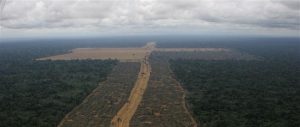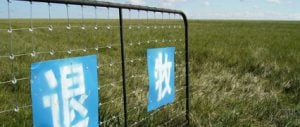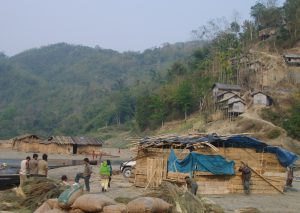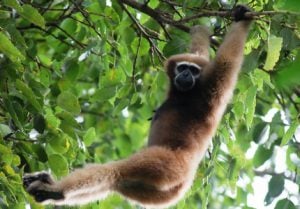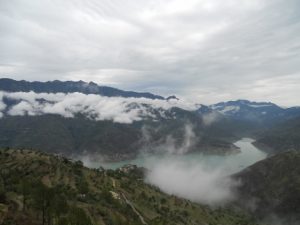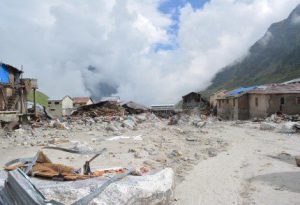chinadialogue: Why do you believe that Chinese agriculture is currently facing its greatest crisis?
Ren Jizhou: Mainly because agricultural production and food demands are moving apart. Two-thirds of grain production is used to feed livestock, with corn and soya beans now the main sources of fodder. That’s a huge waste and comes at huge cost to the agricultural environment.
Between 1985 to 2012 average consumption of mutton and beef remained largely unchanged. But consumption of poultry went up from less than 5kg per person per year to about 20kg, while pork went up from about 15kg to about 40kg and dairy products from less than 5kg to almost 35kg. Meanwhile grain consumption fell significantly.
The result is that there’s now much more demand for livestock fodder. The US raises about 60 million pigs, while China raises 600 million. In 2010 consumption of fodder in China reached 492 million tonnes. In the last five years China’s corn imports have increased 100-fold, alfalfa imports increased 22-fold, and soya imports increased 3-fold – mostly because of the demand for fodder.
CD: What do you expect to happen over the next decade?
Jizhou: It is normal for consumption of meat and dairy products to increase in a modern society. Professor Huang Jikun of the State Council’s Agricultural Economy Research Centre found that in 2010 animal protein intake in China was as low as that of Korea in 1986, or Japan in 1961.
Today everyone is concerned about security of grain supply, but demand for grain as food is actually decreasing year on year. In 1986 grain consumption was 207kg per head, but by 2010 that had dropped by 28%. Meanwhile pork consumption rose from about 16kg to 37.5kg. If it takes 3.5 jin of grain to produce 1kg of pork, the food equivalent of that pork is 131.95kg. Urban residents eat only half as much grain as those in rural areas, and urbanisation is a major driver of falling grain demand.
Korea and Japan, also East Asian nations, have a similar food culture to China. Looking at their experiences, we can expect consumption of animal products in China to sustain quick growth for the coming 15 to 20 years, and then enter a lengthy period of slower growth. The demand for fodder is therefore set to increase further.
CD: Are there differences between China and the West?
Jizhou: There are clear differences between China and the West when it comes to livestock farming.
China’s agricultural output comes mainly from crops. In the past Chinese farmers used to think of growing grain to raise pigs, which would provide fertiliser, which would be used to grow more grain, which would be used to raise more pigs.
But in the West meat, eggs, milk and livestock accounts for over 50% of agricultural output. Grass provides 70% of the fodder for animals, unlike in China where 70% of animal fodder comes from grain.
CD: Why do you think grassland agriculture should be prioritised over grain in China?
Jizhou: The development of grassland agriculture would allow for the production of both grain and grass, for both agriculture and the environment to be taken care of. And it could support more livestock. But the traditional grain-based views mean it will be hard to make those changes.
The strength of grass is in its biomass – the total organic content per area of land planted. The biomass of grass is three to five times higher than that of grain, and it produces four to eight times as much protein.
In the north, where water is scarce, it takes 1,000 tonnes of water to produce a tonne of grain. If that grain is then transported to the south you’re shifting water as well – that doesn’t make sense, not for the economy, not for the environment.
We’re facing the loss of water and soil from the Yellow River basin in the north, and also from the red soil regions south and the karst regions of the south-west, we also see widespread agricultural pollution. Planting grass for fodder in the warm and wet south would be less expensive than grain-growing, and would reduce the huge environmental costs of grain-growing.
Our concern is that a one-sided understanding of food security, and simply increasing grain production, ignores the changes in the make-up of our food. This creates waste and huge environmental costs, and overall we lose out.
On one hand we have Chinese people demanding more and more meat, eggs and milk, but on the other we try to maintain grain production and use much of that to feed pigs and cows – this can only lead to greater insecurity.
